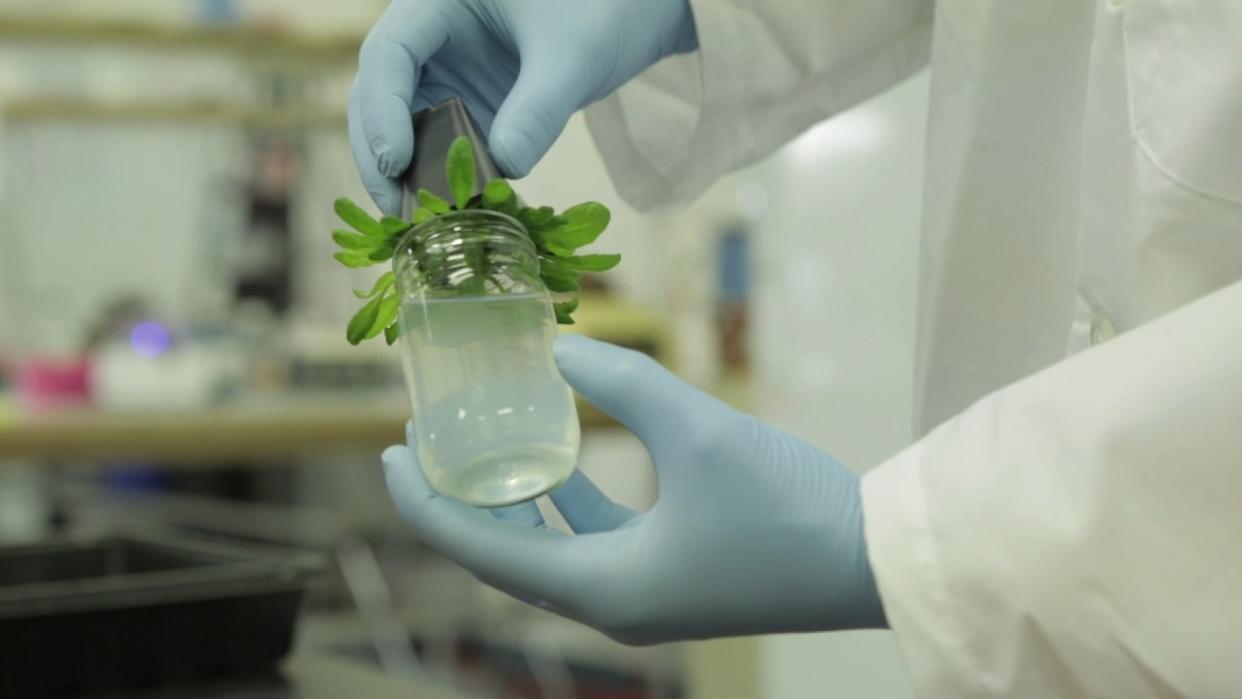Glowing Plants: Street Lights of the Future?

Imagine you’re walking down a well-lighted street at night. Now imagine that there aren’t any street lamps alongside you. Instead, glowing trees illuminate your path.
Crazy as that may sound, a team of three scientists in San Francisco are working on making glowing plants a reality through synthetic biology. By taking some genes from luminescent marine bacteria and engineering the bacteria’s DNA so that it’s compatible with a plant’s, the team believes it is possible to eventually make plants and trees of all sizes glow without using electricity.
“The plant that we’re working on to make glow is called Arabidopsis,” explained Antony Evans, the team’s project manager. “It’s got the shortest genomes in the plant world. And it has a reasonably slow life span, so you can do experiments quickly.”
Evans and his two colleagues, synthetic biologist Omri Amirav-Drory and scientist Kyle Taylor, haven’t made their plant glow just yet in their DIY lab, but they say they are close. Still, the team has garnered significant media attention on the prospect that it can deliver on its promise. But for Evans and his colleagues, this project is about much more than just making plants glow.
“Basically, this tech will have broad real applications,” said Evans. “Plants and biology in general are very efficient at dealing with energy. Plants turn sunlight into energy that we eat every day. And so we could use those applications to approve the very nature of the world.”
The team keeps a daily blog that publishes its findings and methods so it can crowdsource input from other scientists. Evans said the team is also setting up an advisory board that will assess any ethical considerations related to their experiments.
Having already met its Kickstarter goal of $65,000 in pledges, the team is closing in on its stretch goal of $400,000. If it meets that, Evans said the group would make a glowing rose, which the researchers chose because roses don’t spread openly in the environment, and they believe it will grab people’s attention.
“We felt it would make a great icon …and help stimulate interest in this fascinating field,” he said.
Fascinated? Watch the video above this article to learn just how Evans and his team plan to make a plant glow.

